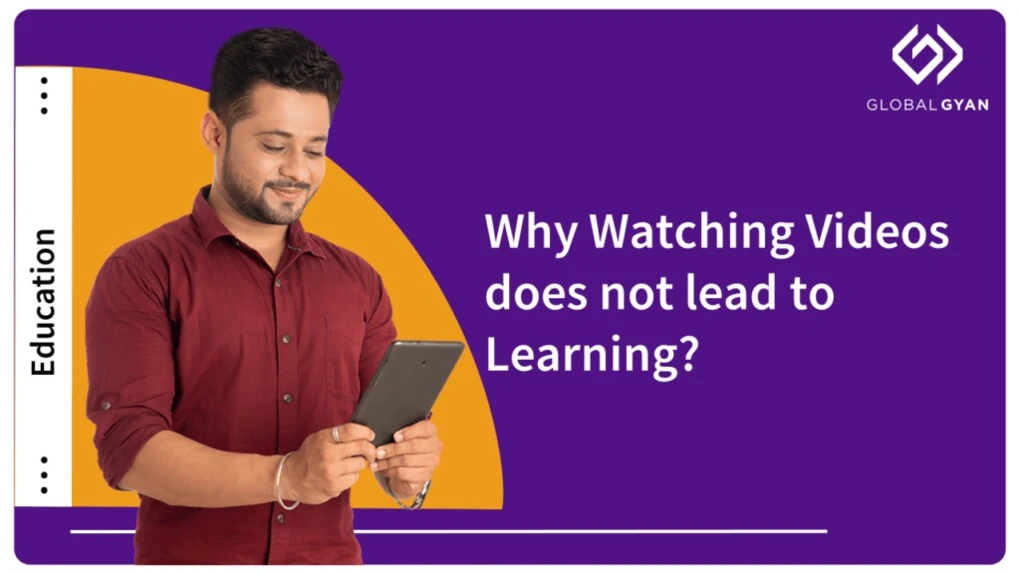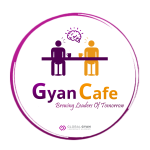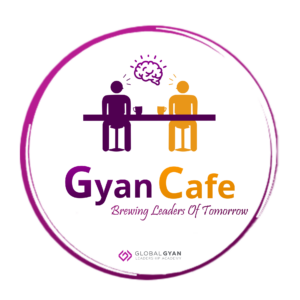Why Watching Videos does not lead to Learning?

On the occasion of World Youth Skills Day, Prime Minister Narendra Modi spoke about the importance of skilling, re-skilling and up-skilling. He made an interesting point about the difference between knowledge and skill.
Knowledge and skill are two different things.
— Narendra Modi (@narendramodi) July 15, 2020
Do you know who taught me the difference well? It was a mechanic in a remote, tribal-dominated area where I had gone years ago. #5YearsofSkillIndia pic.twitter.com/RZraXPGSNJ
The difference between knowing and doing.
And I think of this all the time. There’s so much wonderful content out there, we are inundated by thought-provoking videos, beautifully crafted articles and innumerable blog posts such as this. Even as we consume all this content, the question is, are we learning from it?
Is content consumption = learning?
In my view, no.
There’s no doubt that exposure to new information or ideas is extremely useful to add to our repository of knowledge, and whets our appetite for curiosity. But learning has a higher bar to achieve.
In the professional context, when we learn, we should have enhanced our ability to do our work better / faster (whatever is the suitable metric) and/or it should set us up to do things that we could not do earlier.
So, what leads to learning?
First, one-way transmission of information does not lead to learning. Particularly, for managers who are seeking to build capabilities. Conversations, between the learner & teacher, and between the learners, is essential to contextualise the learning. Some of the greatest learning systems therefore used debate and dialogue as the primary format.
The management case discussion method of learning exemplifies this principle. However, I have noticed that 70-80% of participants (particularly, adults) in a classroom fail to participate in conversations. The onus is as much on the learner to indulge in dialogue as it is on the facilitator to design teaching mechanisms that encourage & even provoke conversations.
But, this format seems to fail when we move to digital learning. Most e-learning platforms focus on linear videos that are recorded lectures. The inclusion of forums and chat rooms helps, somewhat, but there is no scope for any form of dialogue during the content consumption process. It is strange that with so much talk of technology (add your favourite 2-3 letter jargon here), e-learning is stuck in the previous century.
(Btw, I am very happy that we addressed this issue at GlobalGyan from day one and all our digital content seeks to recreate the conversation experience that is so critical for learning.)
Second, recall of information is critical to retention. When we learn something, it gets stored somewhere in our memory. Over time, this memory fades. If we want to hard code the learning into our system, we need to recall the information. More we recall the information, greater its retention.
There is a reason why the “rote method” of learning complemented the conversation system. The truth is that, often, we don’t have any practical reason to immediately use the learning. Therefore, if we want that learning to be available when we need it, we have to enforce some degree of periodic recall. This can be done through tests that are administered after the completion of learning, or through re-learning at some frequency.
This goes against the popular learning method used in most workplaces: conduct a 2-day workshop on a topic and certify the participant as having achieved that capability. Whether it is MS Excel skills or Strategic Thinking, trainers are allotted 1-2 days and that’s it. The corporate training calendar is filled with programs, whereas the focus should be in picking 1 or 2 things (per person) and creating multiple interventions over time on those topics.
Third, application is crucial to test & encourage learning. When a learner does not find avenues to apply, in real / day-to-day life, what they have learnt, not only do they forget it but are discouraged from learning something else. Again, the onus here is on both the learner and the facilitator, to find opportunities for application of learning.
Simulations and projects are nowadays part of many learning designs, to create avenues for application. These can be quite useful, if designed well. But, they are not sufficient because they lack the crucial real-world component of ‘skin in the game’.
A few years ago, we worked on a learning program on consultative B2B sales with a group of senior account managers. During the journey we realised that the reason the managers were not applying the learning was the existing sales review mechanism. Their bosses were measuring them and asking questions using the traditional sales method. Unless their bosses changed, there was no way these managers would apply their learning. So we had to recommend a redesign of the review template and educate the bosses about changes that they had to bring to their behaviour to ensure that the account managers exhibited the desired change.
Have you taught our bosses what you are teaching us, is a question that I have heard frequently from managers in my programs. Learning programs that don’t include changes to business processes and systems, as well as leaders who are prepared for the change, will only lead to frustration and cynicism amongst the learners. In that sense, the learning agenda has to move away from HR to business managers.
Lastly, learning is the accountability of the learner, or as my friend, Gagandeep Singh would put it, the dharma of the learner. Unless the learner takes ownership of what she wants to learn and to apply, other stakeholders including the bosses cannot do much. Learning and development cannot be a buffet bar, with thousands of training programs with a “learn what you wish to learn” philosophy.
Where we carry hope is that many learners are willing to invest time and money and make ‘choices’. Recently, a large organisation made our digital learning program available to its entire population of junior employees. Not only was the learning optional but the employee had to personally contribute a part of the payment (to be reimbursed on completion). More than 50% of the target audience signed up and immediately started the learning journey.
It is time that the learner gets off the comfort of the student chair and takes ownership of her choices.
To conclude, we don’t learn just because we are sent to a training program for a few days. Corporate learning is essentially a change management activity and it has to be designed & executed accordingly. Else, it ends up being lip-service done to create a feel-good factor, with no real return on investment.
(Thanks to Gagan for his review of this article and his valuable inputs.)


